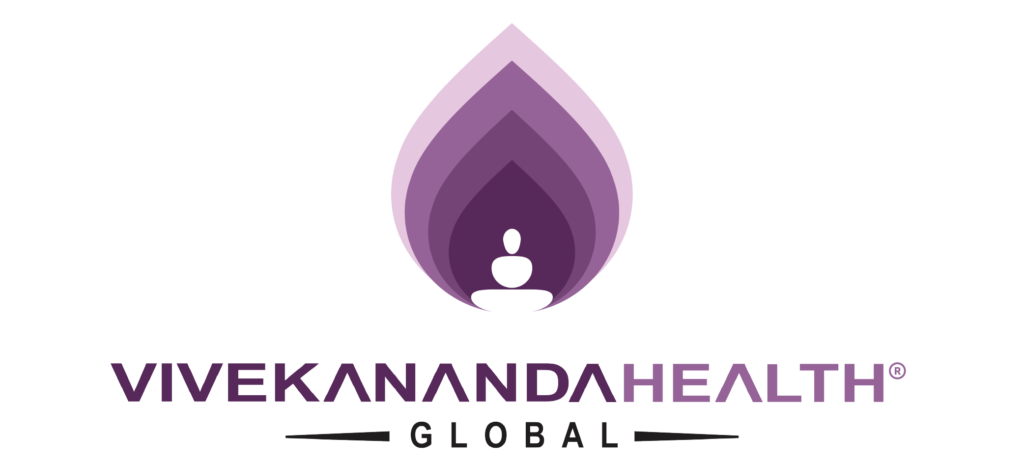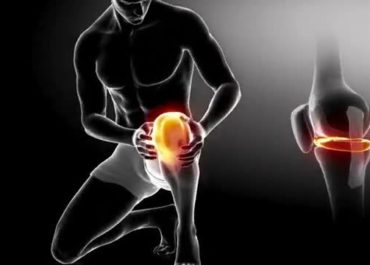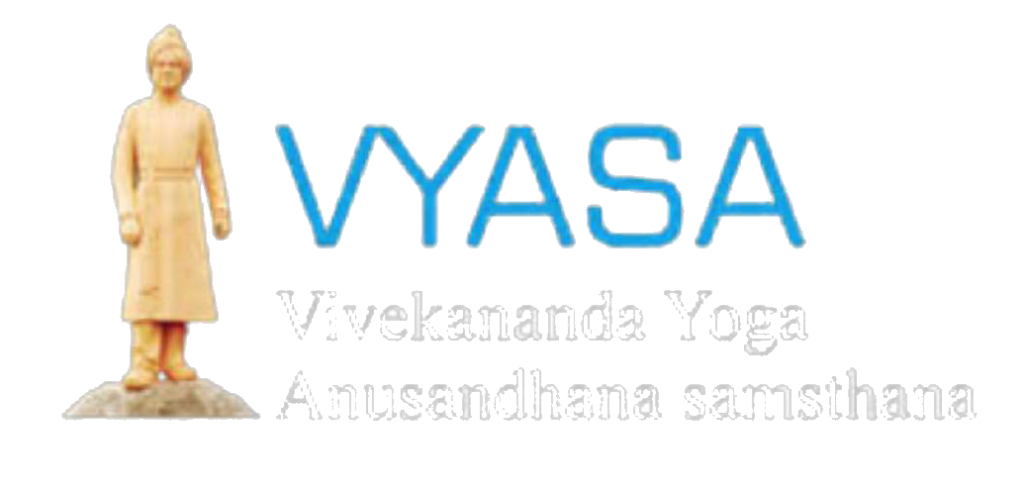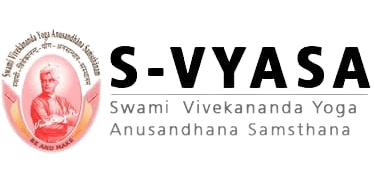Most of the body aches and pains are traced to an imbalance in Vata dosha, which means the air element in the human body. Such an imbalance may present itself in the form of different kinds of pains in joints, like conditions such as Rheumatoid Arthritis, which presents with pain, stiffness, and swelling in the red-coloured small joints; Osteoarthritis, affecting knees and larger joints; Cervical Spondylitis, or pain in the neck radiating to arms; Lumbar Spondylitis, lower back pain with radiating leg pain; Carpal Tunnel Syndrome, or wrist joint pain; and Tennis Elbow, or the pain in the elbow joint.
The incidence of arthritis is on the rise in all age groups.
Arthritis has long been stereotyped as a condition prevailing over the elderly but is now very common among the younger generation. Unhealthy dietary intake, lack of proper rest and sleep, incorrect postures, high stress, and physical wear are coupled with overuse of computers and other gadgets. Ayurveda opines that all these reasons trigger off an imbalance of doshas (Vata, Pitta, Kapha) in the body, which leads to conditions like arthritis.
Seasonal Variation and Impact on Vata Dosha and Osteoarthritis
According to Ayurveda, the doshas can get vitiated, or out of balance, due to a place (Desha) and time (Kaala). Hence, the physiologic aggravation of Vata dosha during the rainy season causes an increase in pain related to joints. Similarly, winter is the season where, with the entry of cold, there is an increase in Vata-based discomfort, so it becomes a mandate to reduce Vata-aggravating foods and practices during this season.
Gut Health and Arthritis: The Ayurvedic Perspective
This way, it is thus very close to gut health. Treatment for arthritis always focuses not only at joints but also on the gut and immune system. Health and disease depend on the system's doshas that is the bio-physiological forces and constitution of a person (Prakriti). More so, in Ayurvedic therapeutics, mental health and Agni can be considered as some of the important factors facilitating a return to normalcy within the bodily systems.
Effective Ayurvedic Herbs to Relieve Joint Pain
Ayurvedic herbs are effective in pain relief and have the potential to pacify the Vata dosha so that it travels through the natural flow within the body channels and remains non-interfering. Some of the most effective Ayurvedic herbs to bring about relief from joint pain include:
Eranda (Ricinus Communis): The anti-inflammatory herb.
Shigru (Moringa oleifera): Acts as an anti-inflammatory and reduces swelling and stiffness.
Ashwagandha (Withania somnifera): An effective herb that helps to strengthen the muscles and joints.
Ardhaka (Zingiber Officinale): Generally used to reduce pain and inflammation.
Ayurvedic Therapies for Balancing Vata Dosha and Its Joint Pain Relief
The Ayurveda system provides many therapies that can be used primarily to balance Vata dosha and relieve the pain related to joints. The available ones include:
- Panchakarma: A series of bio-purificatory procedures that detoxify the body and improve joint health.
- Abhyanga: The application of warm medicated oils to reduce stiffness and increase circulation.
- Kati Basti and Janu Basti: Oil pooling therapies for the back and knees, respectively, that help relieve pain and inflammation.
- Elakizhi: Fomentation with medicated leaves boluses to ease muscle and joint discomfort.
- Podikizhi: Fomentation using medicated powders that enhance circulation and reduce swelling.
Application of Yoga Therapy and Acupuncture with Ayurveda
Highly beneficial, it can be managed in a combined approach through Ayurvedic treatment, yoga therapy, and Acupuncture. The detailed exercises provided by yoga therapy for arthritis improve flexibility, reduce stress, and slow down the process of degeneration. Concurrently, Acupuncture helps in enhancing ailing body energy and pain reduction. These practices in combination reduce inflammation and pain, increase joint mobility, and improve quality of life significantly.
Conclusion
Integrating Ayurveda with Yoga Therapy and Acupuncture centres around an overall approach to the management of arthritis and joint pain. The ancient ways of this treatment do not only rid an individual of pains and aches but ensure long-lasting health and overall well-being by targeting the root cause and thereby balancing the body's doshas. Whether one is a victim of arthritis or is inclined to take care of the joints prospectively, these holistic methods provide an effective path to a pain-free life.




